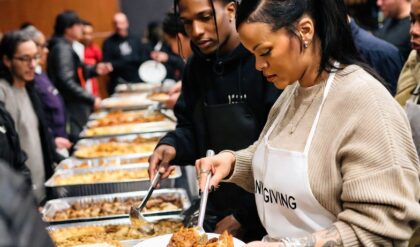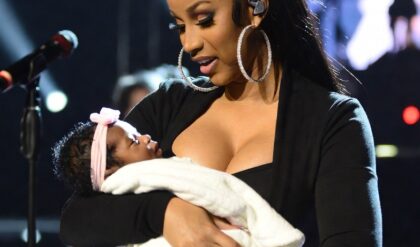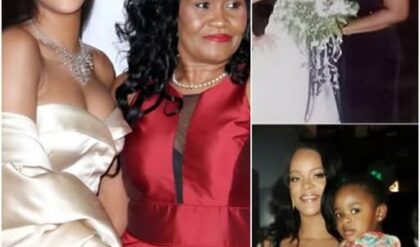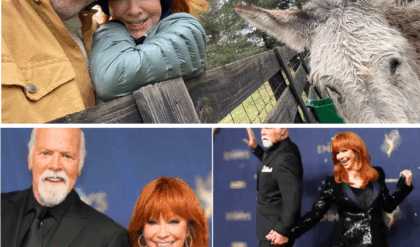Not every British family was part of the social season, said history professor Michael Peplar. But those that were adhered to the strict rules portrayed in the show.
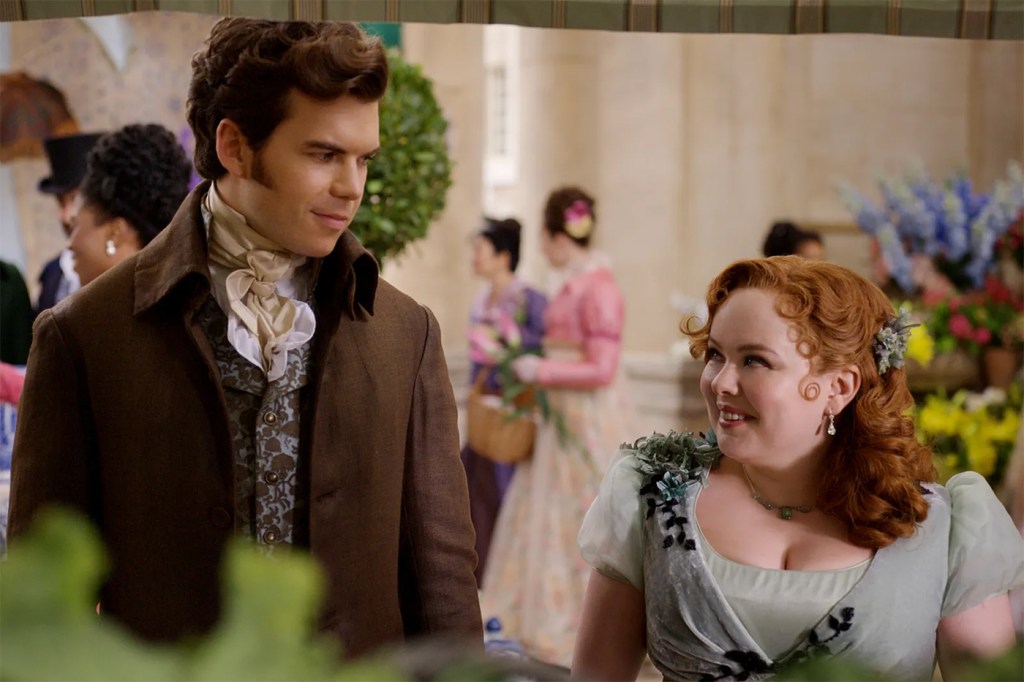 The way men and women, like Colin and Penelope, courted each other in Bridgerton is accurate to how courtship happened for noble families in 1800s England. Photo Courtesy of Netflix
The way men and women, like Colin and Penelope, courted each other in Bridgerton is accurate to how courtship happened for noble families in 1800s England. Photo Courtesy of Netflix
When the historical romance series “Bridgerton” premiered on Netflix on Christmas Day 2020, it enraptured viewers and quickly became one of the streaming service’s most popular English-language shows.
Three years later, “Bridgerton” is entering its third season (with the first half set to premiere May 16) and has inspired fashion trends, partnerships with brands like Bath and Body Works, and even a spin-off series about King George III and his wife, Queen Charlotte.
Set in London’s Regency era, the series follows the children of the eponymous Bridgerton family during the social season, the time when noble families in Britain tried to find suitable matches for their offspring.
The show never claimed to go for historical accuracy. When “Bridgerton” first premiered, people noted the diverse casting. The show’s version of 1800s Britain features people of color as part of high society, including Queen Charlotte. Based on the real-life monarch, her marriage to King George III helped bridge divides between races in the world of “Bridgerton.”
But what is true to life is the social season and all the drama, rules and pressure that accompanies it for Britain’s nobles, said Michael Peplar, an associate professor of history at Northeastern’s London campus who specializes in 19th- and 20th-century history.

Michael Peplar said Bridgerton is not totally historically accurate, but the social season and its rules are true to 1800s Britain. Courtesy photo
“Some of the ways in which gender relations are portrayed and some of the courtship are rooted in an accurate history,” Peplar said. “The idea of the social season, debutantes coming out into society and there being strict rules about how men and women behave and interact with each other … there is some accuracy in that.”
Much like in the show, Peplar said there was a courting season in Regency-era Britain that began when the parliamentary season ended around early summer. The families involved with Parliament were also involved in the marriage market, meaning this way of courtship was limited to a few hundred nobles.
“For most people living in Regency Britain at that time, that’s not how courtship or relationships or marriages would have happened,” he added. “It’s like thinking about Hollywood A-listers.”
Noble families aimed to match up their young daughters with a husband who could improve their social standing and solidify their dynasty, Peplar said. If the Bridgerton family did exist in real life, it’s likely that they would actually be hoping for their eldest daughter to marry a prince or a duke, as seen in the show’s first season.
The social season in “Bridgerton” is presided over by Queen Charlotte, who kicks things off with a ball where she evaluates debutantes and proclaims one as “the diamond of the season.”
The real Queen Charlotte was also known for her matchmaking, Peplar said. In the 1780s, she and the king began hosting an annual ball to introduce eligible young women to the monarchs and kick off the social season. British monarchs continued this tradition until 1958, when Queen Elizabeth II ended it.
Women lacked power at this time, Peplar said. It was the husband or the eldest son who was the head of the household and approved marriages and made most decisions for the family (as seen in season two of “Bridgerton” when Anthony, head of the household in wake of his father’s early death, is asked to choose between saving his mother and unborn sibling during the former’s perilous labor).
But one area where women did reign was the marriage market, Peplar added. Much like in the show, older women who’d been through the market “sponsored” younger women looking for a husband and worked to find suitable matches. While men gave the final approval for proposals, the women did very much work behind the scenes to make these matches happen, which is shown in the show.
“It was something that the grand dames of the aristocratic families were known for,” Peplar said. “There were lots of cartoons and jokey references to older matriarchs who were very, very much caught up in the marriage market. … Within that aristocratic society, it was so important to get the right marriage both for the man and the young woman.”
As much as breeding and position mattered, so did a woman’s reputation. Peplar said noble women were confined to strict rules of propriety when it came to being alone with men so as not to hurt their prospects on the market. Viewers on the show see this play out in season one when Anthony challenges the Duke of Hastings to a duel after he’s found kissing Anthony’s sister, Daphne, and refuses to marry her, risking her reputation.
“There was a great deal of concern not to have that compromised,” Peplar said.
However, those who’ve seen the show know it’s a romance for a reason. As much as propriety and social standing matter in the Bridgerton family, so does the desire to find a spouse who is also a “love match.” The tension in the show usually comes when societal expectations conflict with the main character’s desires, whether it be Daphne longing for the Duke of Hastings, a man who has sworn never to marry, or Anthony proposing to one woman despite loving another in season two.
But this focus on romance is a fabrication, Peplar said.
“In the case of the Bridgerton family, the eldest daughter, Daphne marrying a duke is a significant social uplift,” Peplar added. “In those social classes, the idea of a love match was not primary. It could be wonderful if it happened. There was more a sense that love could grow or tolerance could grow and that these were often marriages made for dynastic reasons than for reasons of personal fulfillment.”
